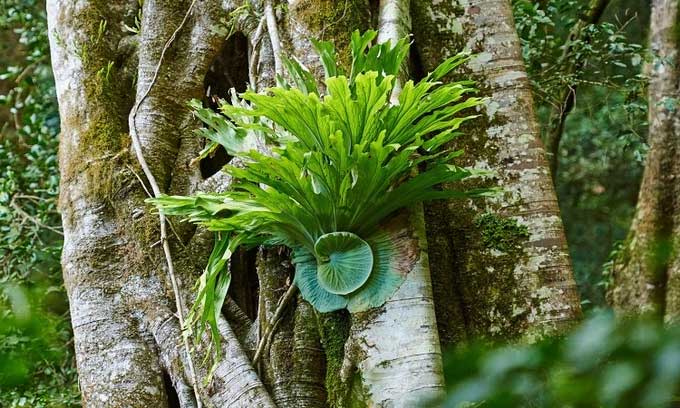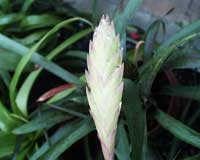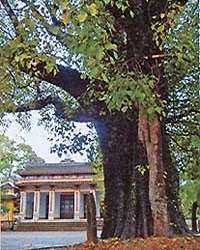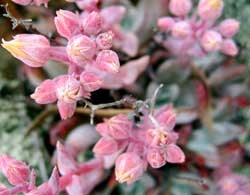The staghorn fern divides labor and reproduction to ensure the population thrives as much as possible when growing on the trunks of large trees, according to research published in the journal Ecology.
Kevin Burns, a biologist at Victoria University in Wellington, New Zealand, became familiar with ferns while conducting field research on Lord Howe Island, a remote island located between Australia and New Zealand. He stumbled upon the native epiphytic plant, which grows on the trunks of other trees. In particular, one plant species caught Kevin’s attention: the staghorn fern (Platycerium bifurcatum). This species is native to many areas in mainland Australia and Indonesia.

Staghorn fern in Lamington National Park, Queensland, Australia. (Photo: Mauritius Images GmbH/Alamy).
Kevin realized that staghorn ferns never grow alone. Some large clusters of ferns form large shrubs consisting of hundreds of individuals. He quickly discovered that each individual fern performs a different function, similar to highly social animals like bees, ants, and termites. Kevin likened the fern population to an upside-down umbrella formed by the canopy. Ferns with long, waxy green fronds seem to channel water to the center of the cluster, while the round, brown fronds with a porous structure absorb water.
Researchers refer to this form of cooperative behavior, where multiple generations intertwine and form layers to divide labor and reproduction, as “eusocial.” This term is used to describe certain types of insects and crustaceans, except for two species of naked mole rats, which are mammals. Kevin wondered whether staghorn ferns belong to a highly social species.
Kevin and his colleagues’ analysis of the fern leaves revealed that 40% were non-reproductive. The reproductive members of the shrub were primarily the round fronds, indicating a reproductive division between the two types of leaves. Tests on the water absorption of the fern leaves confirmed that the round fronds absorb more water than the long ones. Previous research by other scientists found that a network of roots runs through the population, meaning the round fronds can alleviate the “thirst” of the long fronds.
The research team also analyzed genetic samples from 10 populations on Lord Howe Island and discovered that 8 populations consisted of genetically identical individuals, while the remaining two populations contained ferns with different genetic origins. Based on these findings, Kevin concluded that staghorn ferns exhibit many traits consistent with highly social species.





















































